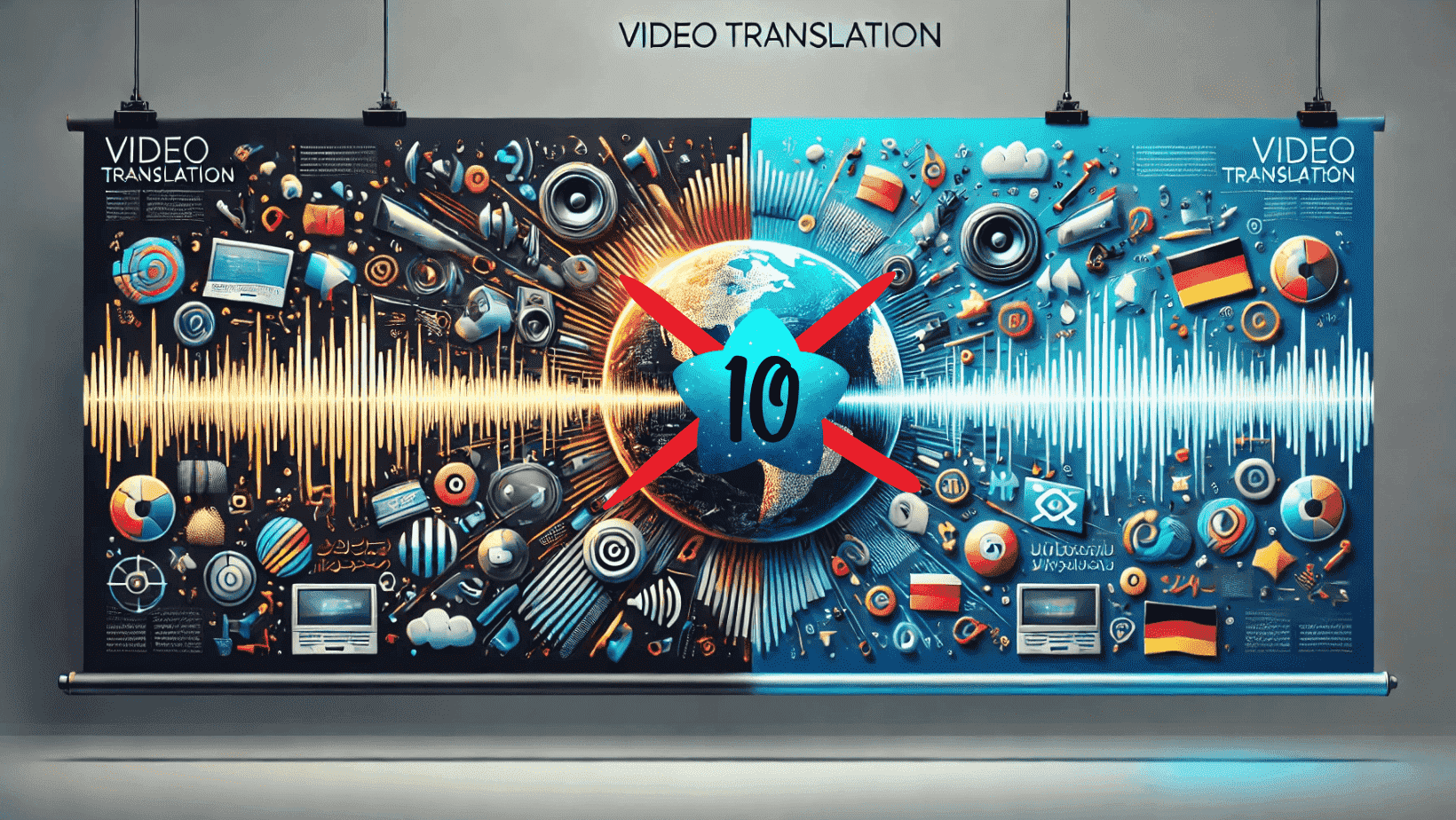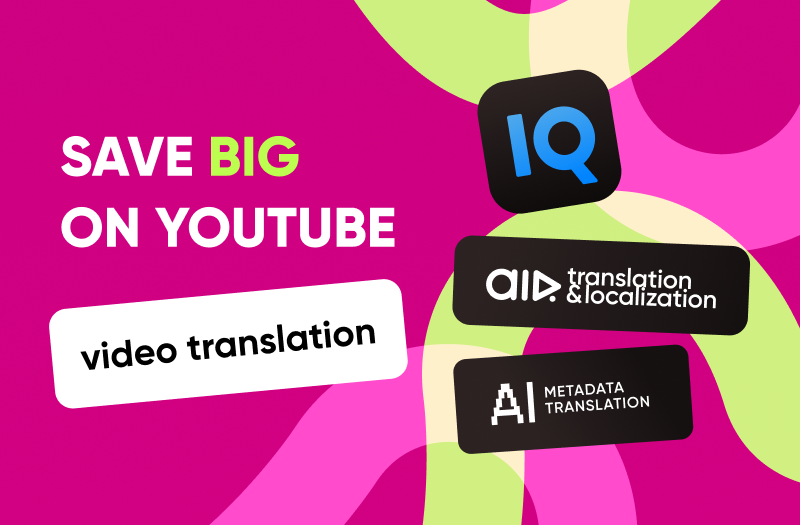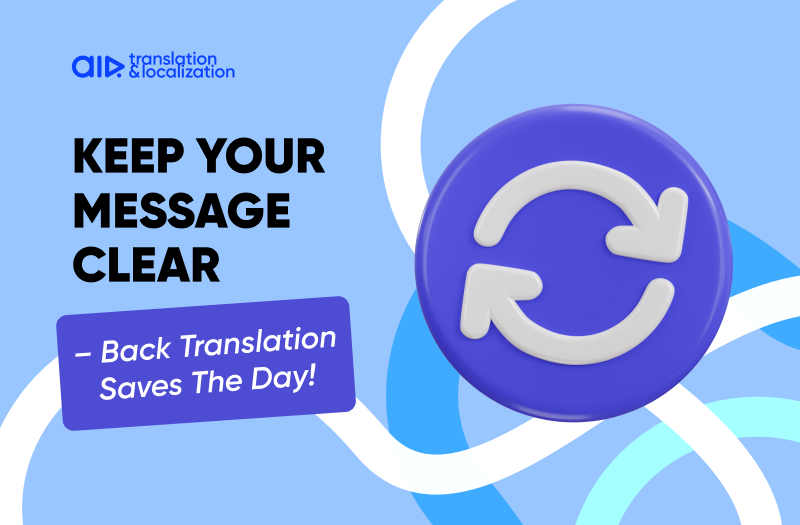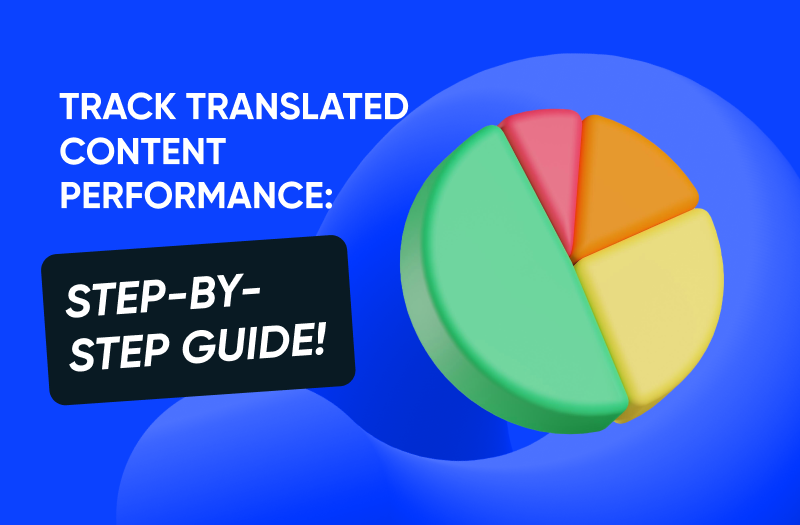Table of contents
What does it really take to make your content click with a brand-new audience? Is it just about translating, or is there more to it, like nailing cultural nuances or finding the right tone?
And here’s a big one: what happens if you don’t get it right? Translation mistakes can completely derail your video – misunderstood jokes, awkward captions, or a tone that just doesn’t vibe with your audience can leave them scratching their heads or, worse, clicking away.
If you’ve been wondering:
- How can I make my translations feel natural, not forced?
- What are the biggest mistakes people make when translating videos?
- Can I make this process smooth without sacrificing quality?
Then, we’re breaking down the 10 most common video translation mistakes to avoid and how to avoid them like a pro. You’ll learn practical video translation tips to make your content shine in any language. So, let’s dive in!
10 Mistakes to Avoid When Translating Videos for a Global Audience
Make your message resonate across cultures without falling into translation traps. It’s not as simple as clicking "translate" on your favorite app and calling it a day. There are some wild translation mistakes – both the obvious and the sneaky ones you don’t realize until the damage is done.

1. Ignoring Cultural Context = Instant Disconnect
Translating words is one thing, but translating meaning? That’s the magic. Many creators fall into the trap of ignoring cultural nuances, which leads to awkward or even offensive content.
For example:
- A pun or idiom in English might have no equivalent in another language.
- Holidays or cultural references could be irrelevant – or worse, offensive.
Pro Tip: Instead of direct translations, localize! This means adapting your content to the audience’s cultural norms, values, and humor. Some services specialize in avoiding these localization mistakes by tailoring every word, joke, or reference to fit your target audience.
YouTube Recommends AIR Translate
Choose a vendor trusted by YouTube and thousands of creators!
2. Trusting Machine Translation Too Much
Look, AI is amazing, but it’s not foolproof. Relying only on machine translation is one of the most common video translation mistakes. You’ll get literal, robotic translations that miss context and nuance.
For example: “It’s raining cats and dogs” might turn into “It’s raining small animals.” Cute, but confusing.
Fix It: Use machine translation for speed, but always bring in experts to refine and polish.
3. Skipping On-Screen Text and Graphics
Here’s a classic translation pitfall: you carefully translate your script but leave the text in your graphics untouched. To your new audience, those visuals are as helpful as a locked door with no key.
Pro Tip: Take screenshots of all on-screen text and translate it. Then, overlay translated graphics. This keeps your content cohesive and easy to understand.
4. Forgetting to Localize SEO
Your video description, title, and tags are like breadcrumbs leading viewers to your content. But if you don’t localize them, you’re throwing crumbs no one can find.
Keywords in one language won’t always match search trends in another. For example:
- An English keyword like "fitness tips" might not have the same search volume as "consejos de fitness" in Spanish.
How to Avoid This Translation Mistake:
- Research popular keywords in your target language.
- Rewrite titles and descriptions to match search habits.
Want to take your content global? AIR Media-Tech has helped creators reach hundreds of millions of subscribers by translating and localizing their content into over 50 languages. As a YouTube-recommended vendor, we handle everything – from translation and dubbing to tailoring content for local audiences. Get in touch with us to find the best strategy for your channel and watch your reach and earnings soar!
5. Overlooking Tone and Style
A casual tone in English might feel too informal in Japanese or German. Or, a serious tone could feel stiff and unapproachable in Spanish.
Avoid This Pitfall:
- Collaborate with professionals who understand your niche.
- Adapt your style to feel natural for the target audience.
This step makes your videos feel like they were created for that audience – not just translated to them.

6. Poor Timing and Subtitle Syncing
Nothing kills a video faster than subtitles that pop up at the wrong time or disappear before anyone can read them.
Fix It Fast: Use tools like Aegisub or Kapwing to ensure subtitles are perfectly synced with your video’s timing. Test with native speakers to catch any issues before publishing.
7. Assuming Humor Translates Easily
Humor is tricky. What’s funny in one language might fall completely flat – or worse, offend – in another.
For example, sarcasm often gets lost in translation. A joke that relies on wordplay may need a complete rewrite.
Pro Tip: Focus on the feeling of the joke rather than the words. A good translation will replace tricky humor with something equally entertaining for the new audience.
8. Forgot About Accessibility Features
Translation is about making your content more accessible. One huge mistake – forgetting to include closed captions or adaptations for hearing-impaired viewers.
How to Avoid This Mistake:
- Include non-verbal sounds like [applause] or [laughs] in your captions.
- Consider adding sign language overlays for audiences who need them.
Accessible content broadens your reach and shows you care about all viewers.
9. Rushing the Translation Process
Creators are always in a hurry to hit publish. But rushing with content is a surefire way to create video translation errors that could cost you credibility.
Avoid Translation Pitfalls by:
- Building extra time into your schedule for translation, review, and edits.
- Working with experts like AIR Media-Tech, who balance quality and speed.
Our partners recently reached 125 billion YouTube views, achieving milestones of 100K, 1M, 10M, and 100M subscribers. AIR Media-Tech is the ultimate space for content creators, offering tools and solutions for every challenge you might face. Join AIR Media-Tech and grow faster with us!
10. Skipping Feedback
Is your translation perfect? Don’t assume – test it! Even professional translations benefit from feedback. Without it, you risk publishing content that misses the mark.
Pro Tip: Show your translated video to a small group of native speakers before it goes live. Ask for feedback on flow, tone, and cultural fit.

Your Translation Lifeline
Let’s face it – nailing translations isn’t easy. That’s why partnering with experts is the best way to avoid translation pitfalls. AIR Media-Tech specializes in translation and localization, so your content feels native to every audience
Case Study: Just look at Brave Wilderness with a YouTube channel with 21M subscribers. AIR Media-Tech helps them to localize their content and unlock massive growth in new markets. Ready to take your channel global? AIR Media-Tech is here to make it happen.
Translating for a global audience isn’t just about words – it’s about connecting with people. By avoiding these common mistakes, you’ll set your content up for success in any language or culture.
Need expert guidance? Partner with AIR Media-Tech for translations that don’t just work – they wow. Get in touch today and see your channel reach new heights.






